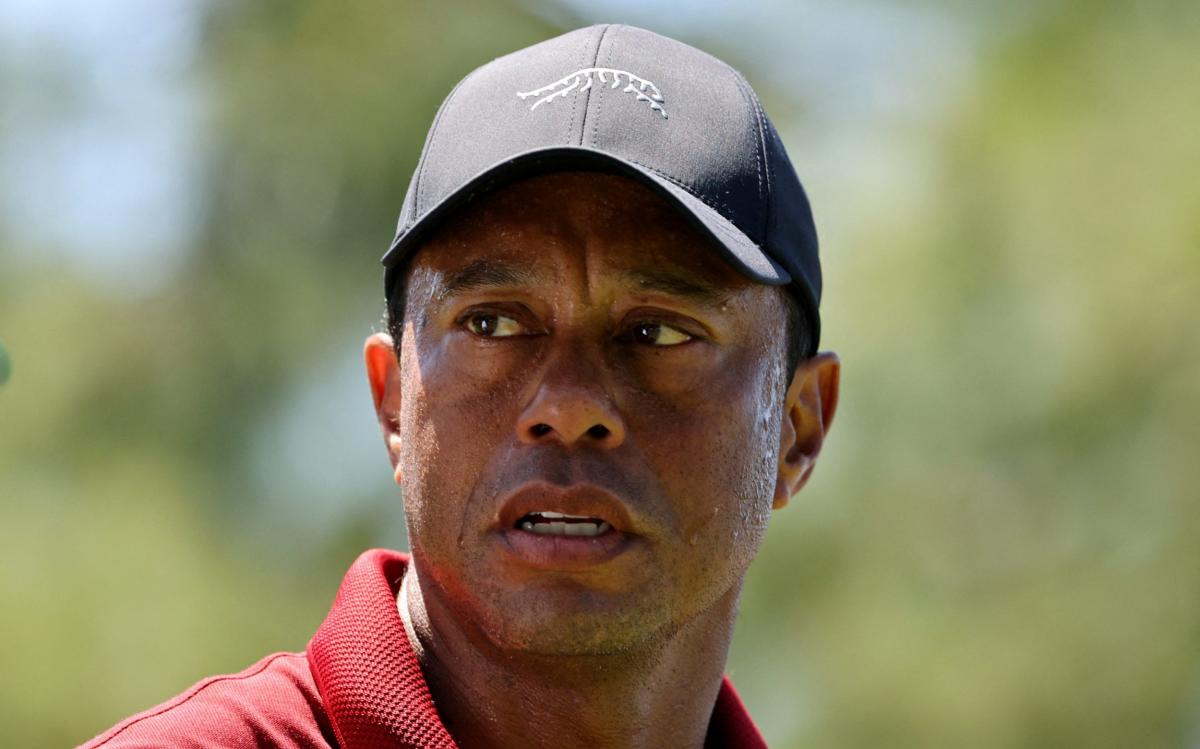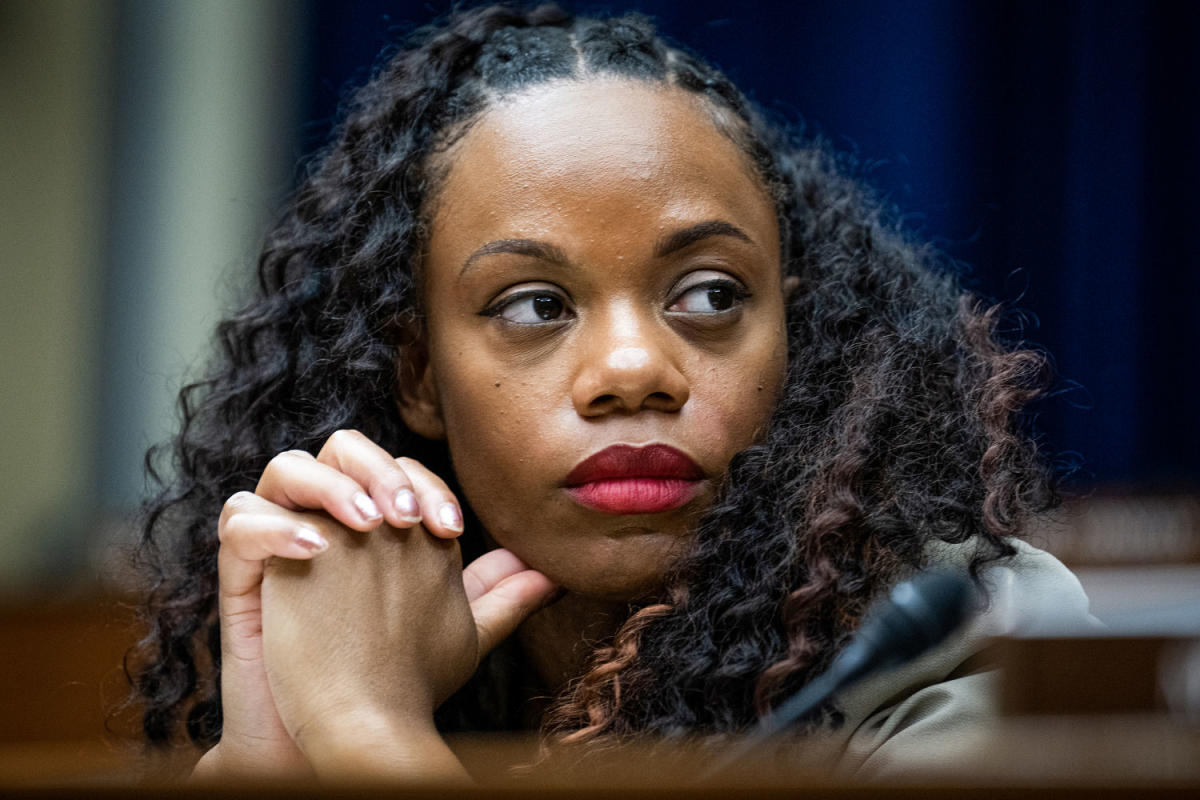Tiger Woods will today receive an email from Sawgrass HQ informing him that he will receive up to $100 million in equity for staying loyal to the PGA Tour, with Rory McIlroy benefitting possibly to the tune of $50m for not joining LIV.
Jay Monahan, the PGA Tour commissioner, will press the button on the ultra-personal messages that have been eagerly awaited since Strategic Sports Group – a consortium of US investors led by Liverpool FC owner Fenway Sports – pumped $1.5billion into PGA Tour Enterprises, the new for-profit company, three months ago.
Approximately two thirds of that figure will be divvied up as equity to 193 golfers, although with $750 million to be split amongst the 36 superstars adjudged by the circuit to be most deserving the sums will be wildly different. Little wonder, therefore, that Monahan and his management team have been at pains to keep the breakdown confidential.
The Tour has already explained to its members that a primary factor in determining who obtains what is a metric called Career Points, which, as it says on the tin, awards marks for achievements on Tour for however long the players have been competing.
Other factors will be how they have fared in the Player Impact Program – introduced three years ago largely to stave off the threat of the breakaway league – which rewards players who have had the largest impact on the Tour’s business – tickets, sponsorships, media consumption and fan engagement – and have driven. Woods has already received $35million in PIP payments, while McIlroy, who topped last year’s program, has pulled in $30.5million from this source of income.
Inevitably, Woods, with 82 Tour titles, will be miles clear in the overall standings and insiders forecast he could secure as much as two times more than any other player in the sliding-scale system.
Phil Mickelson would have been second had he not jumped ship to LIV – the rebels are obviously excluded – although the new entity and this scheme would almost certainly not have come to fruition but for the formation of the Saudi-funded league and, in part, to Mickelson’s role in the sporting Civil War.
With three victories in the FedEx Cup – basically the PGA Tour money list – to his name, McIlroy will be Woods’s nearest pursuer and there will follow the likes of Jordan Spieth and Justin Thomas, who will be due equity worth around $30million.
Of course, with Jon Rahm landing an upfront fee of $450million to defect late last year, all of these names would have acquired far, far more if they had succumbed to the Saudi offers. And this record payday does not mean money in the bank. The recipients will be told how many equity units they have been granted and what the fair market value is at this juncture. They will not be able to cash in immediately and then make it a “double-bubble” by suddenly signing for LIV.
After four years, 50 percent of their equity will be vested, with another 25 percent two years later and the remaining amount two years after that. They will also have to fall in line with the rules, which as well as not decamping, involve meeting the minimum requirements for Tour membership and, if not, providing services such as sponsors meets and media appearances.
The lucky three dozen will rub their hands, but the next 64 players will also collect $75million in equity between them. The next tranche will see a total of 57 players sharing $30 million and another $75million will be carved up between the 36 players considered living legends who have retired. In each group, Career Points will be the overriding determinant. Going forward, the Tour has pledged to award equity of $100million on an annual basis rewarding those such as second-year sensation Ludvig Aberg who are quickly picking up Career Points.
Naturally, the equity will grow, despite the Tour’s recent poor TV ratings as the dilution of talent because of the split takes its toll. Nobody is expecting it to fall. And if the Tour can agree a deal with the Saudi Public Investment Fund in the ongoing negotiations then the players hope their stocks could explode. If that remains uncertain then at least one thing appears assured – the current batch of professionals are not going poor anytime soon.








